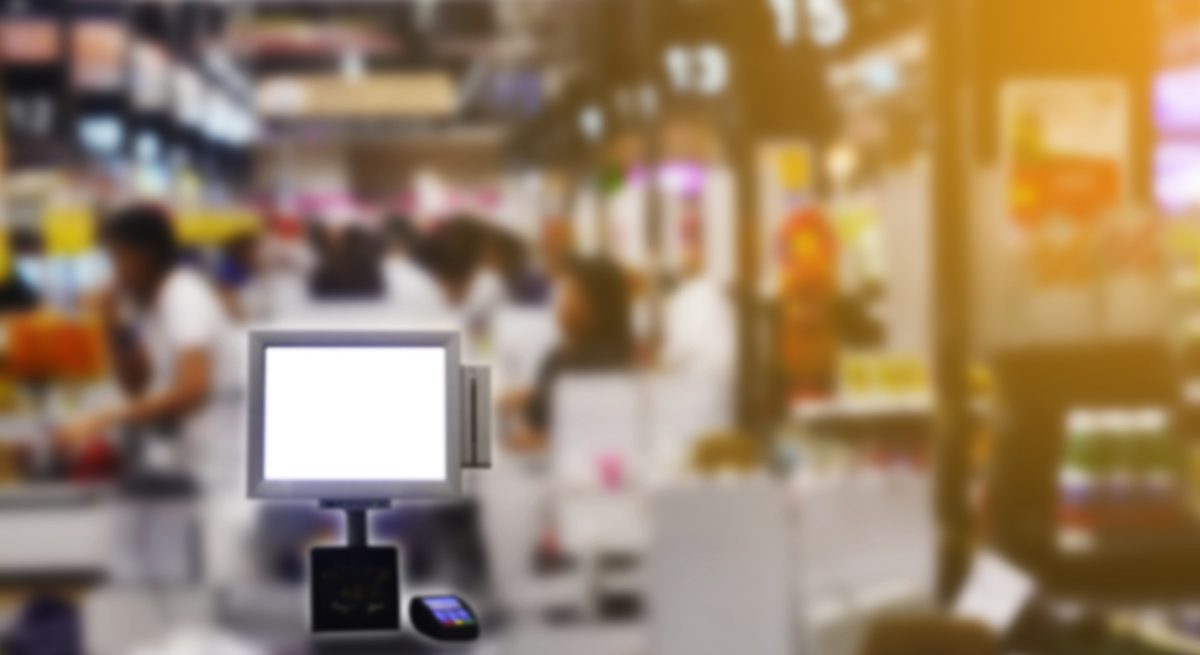The New Normal: How Technology Can Help Streamline Restaurant Operations
4 Min Read By Andrey Podgornov
Last year, during the peak of the COVID-19 pandemic, restaurants went through some unwanted but necessary changes. As a precaution, dining areas were closed and at one point, even eating al fresco was prohibited in certain areas.
Fast forward a year later and the economy is recovering, albeit at a slow pace. However, in the process of resuming and continuing restaurant operations, operators need to take steps to lower the risk of infection among employees and customers and prevent the spread of COVID-19.
A growing number of restaurants are embracing technology to run their operations and prepare themselves for the challenges of the ‘new normal.. Innovation is needed in several areas, including:
Staff management Kitchen operations Dining room procedures Reservation processing Food safety and restaurant cleanliness Staff ManagementAccording to the 2021 State of the Restaurant Industry Mid-Year Update, more than 3 in 4 restaurant operators struggle with recruitment and retention…
Sorry, You've Reached Your Article Limit.
Register for free with our site to get unlimited articles.
Already registered? Sign in!


